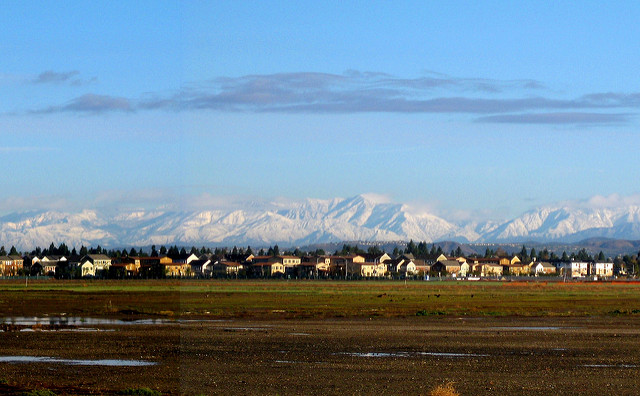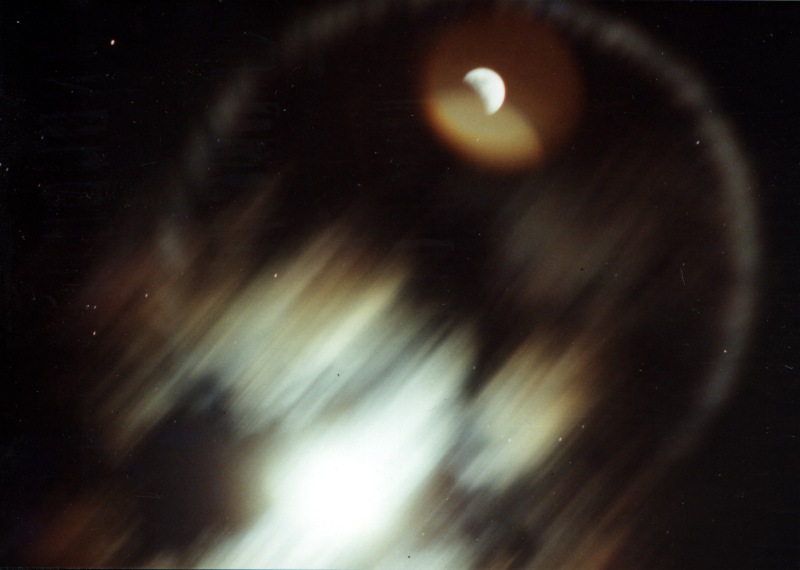We watched an episode of Star Trek: Deep Space Nine from Netflix this evening, called “Paradise.” Sisko and O’Brien investigate signs of human life on a planet with no charted settlements, and find a village of people who have been marooned for ten years in an area where no modern technology works. “Fortunately” they had someone who was an expert in low-tech living, and so they’ve built a small community there.
And they keep coming back to that word, “community,” even though by “community” they basically mean “what Alixus wants us to do.” It becomes clear that they follow her with cult-like devotion, such that if she merely suggests something — say, that one of the villagers seduce Sisko to make him feel more welcome — they’ll do it. Eventually it turns out that she not only caused their emergency landing, but created and still maintains the field that keeps anything technological shut down.
In the end, O’Brien shuts down the field and exposes the fact that their “community” only exists because Alixus wanted to prove a philosophical point. The Starfleet officers take her into custody to answer for the fact that she let people die because she blocked access to modern medicine. By this time it’s amply clear that she doesn’t actually care about the people in the community, just that it follows a form that proves her right.
But aside from one person saying “You lied to us!” no one objects. And they all stay, because this is their home, and they’ve formed a community, and because, Alixus claims, they’ve discovered their “true identities” instead of being stuck in a high-tech society’s pre-defined roles.
Of course, it would have been more effective if they’d shown some of this self-discovery, rather than that they’d simply exchanged a technological pigeonhole for an agrarian one. Or that the villagers were actually connected to one another, rather than simply that they all were willing to follow their leader.
If the episode was trying to make the point that even though their society was established under false pretenses, they actually gained something from the experience, it failed utterly. It doesn’t show a tight-knit, thriving community, but a bunch of followers who have just lost their leader. “Fortunately” they seem to have gained a new one.


